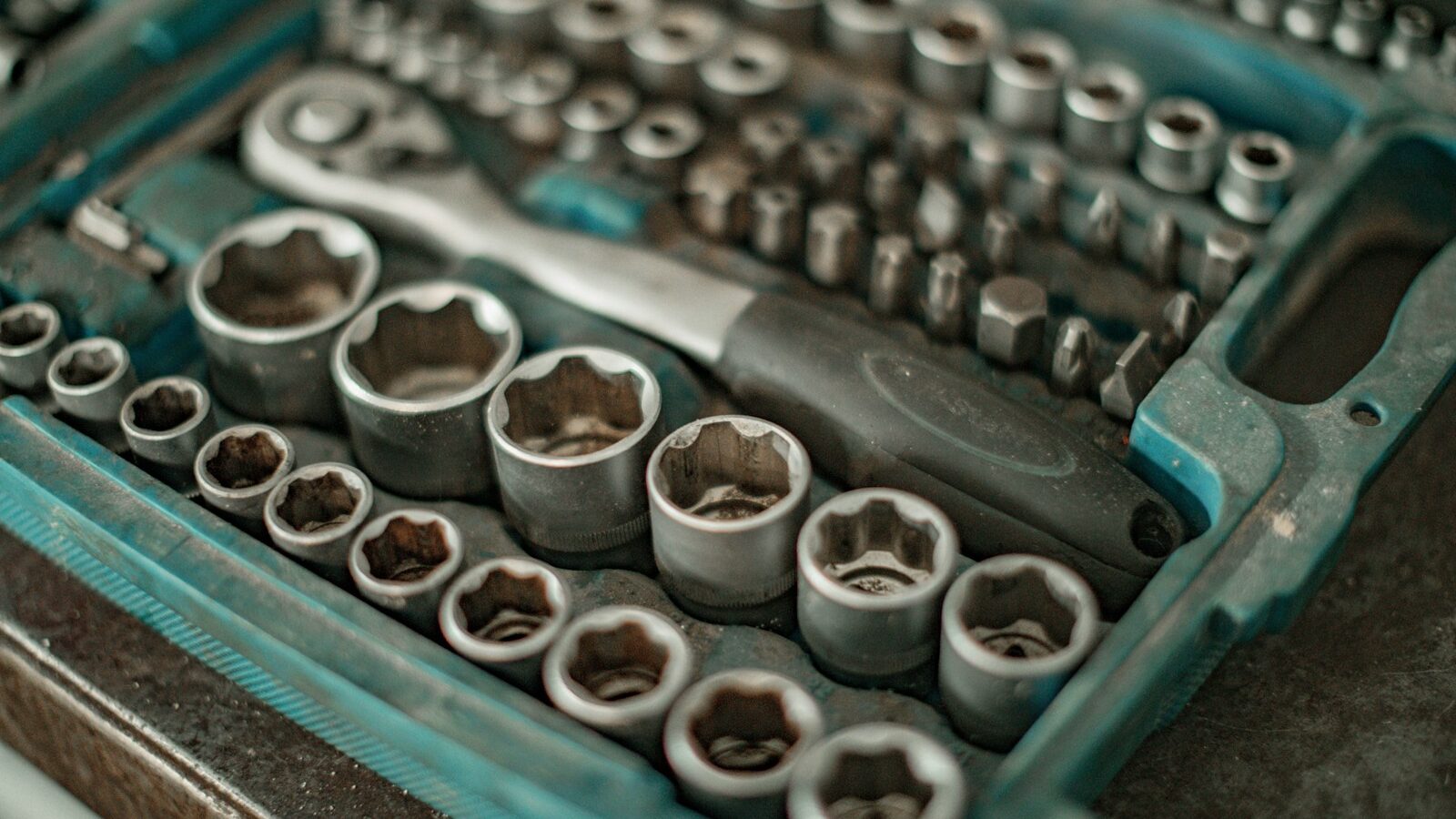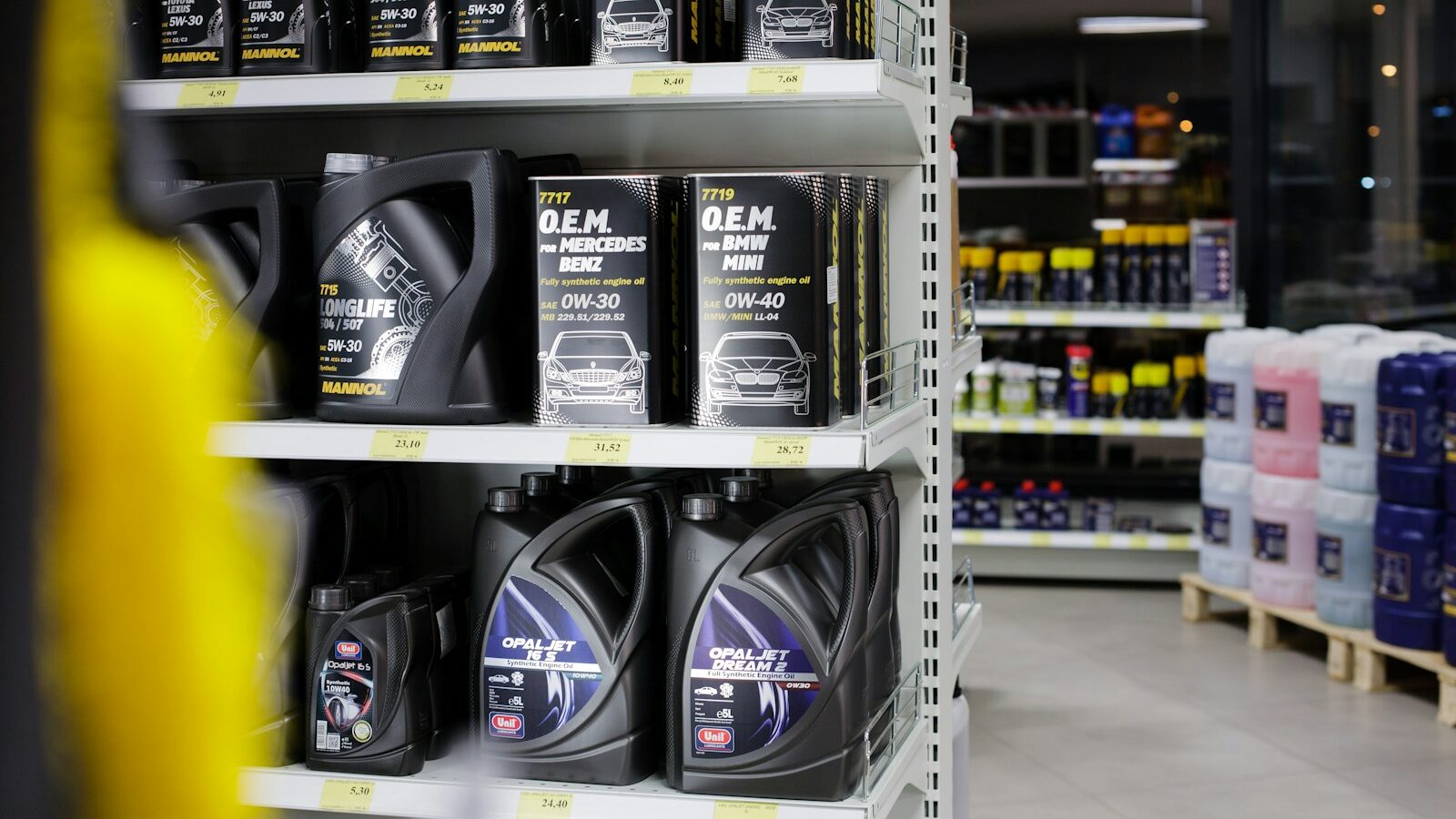Why DIY Car Maintenance Matters
The rising cost of professional repairs in Ontario
Car repairs in Ontario aren’t cheap. According to recent reports, the average hourly rate for mechanics in Ontario ranges from $90 to $120 per hour—and that’s before parts are added. Something as simple as replacing a cabin air filter can cost $60–$100 at a shop, even though the part itself might only be $15–$25 and takes less than 10 minutes to swap out.
For families and individuals already juggling insurance, fuel, and financing payments, those repair costs add up fast. By learning to handle basic maintenance, you can keep money in your pocket while avoiding unnecessary shop visits.
How small tasks add up to big savings
Think of DIY maintenance as preventive care. Checking your fluids regularly could prevent your engine from overheating. Rotating your tires at home extends tire life by thousands of kilometers, saving you from early replacement costs. Each task may save only $50–$200, but done consistently over the years, you could save $1,000+ annually.
And here’s the kicker: a well-maintained car is also worth more at trade-in. If you’re financing your vehicle, that means more equity in your car when it’s time to upgrade.
Essential Tools Every Car Owner Should Have
Basic toolkit for beginners
You don’t need to spend thousands on professional equipment. A few affordable tools will cover most DIY tasks:
- Socket and wrench set – for bolts, spark plugs, and brake pads.
- Screwdrivers (flathead and Phillips) – versatile for filters and small parts.
- Tire pressure gauge – ensures your tires are properly inflated.
- Jack and jack stands – crucial for safely lifting your vehicle.
- Work gloves and flashlight – for comfort and visibility.
Most starter kits can be purchased for under $100 at Canadian Tire or Home Depot.

Affordable upgrades for serious DIYers
If you’re ready to level up:
- Torque wrench – ensures bolts are tightened to manufacturer specs.
- OBD-II scanner – plugs into your car to diagnose check-engine codes.
- Oil filter wrench & drain pan – makes oil changes at home cleaner and faster.
These tools not only save you money but also give you independence. No more waiting hours for a mechanic to diagnose a problem you can check in minutes.
Simple DIY Maintenance Tasks Anyone Can Do

Checking and topping up fluids
Fluids are your car’s lifeline. Low or dirty fluids can cause serious damage if ignored. At home, you can check and top up:
- Engine oil – pull the dipstick, check levels, and top up if needed.
- Coolant – prevents overheating, especially important in Ontario winters.
- Windshield washer fluid – a must for clear visibility.
Cost? Usually less than $10–$30 per top-up compared to $50–$80 at a shop.
Replacing windshield wipers
A 5-minute task that saves $40–$60 in labour fees. Wipers should be replaced once a year, especially before winter.
Changing air filters
Both engine and cabin air filters can be replaced in under 10 minutes with no tools. Shops charge $60–$100 per filter replacement, but you can do it yourself for $20 or less.
Checking tire pressure and rotating tires
Proper tire inflation improves fuel efficiency and safety. Rotate your tires every 8,000–10,000 km to extend their life by 20–30%. Many shops charge $60–$100 for rotations—doing it at home is essentially free once you own a jack.
Intermediate DIY Repairs That Save Hundreds
Changing brake pads
Brake pad replacement can cost $250–$500 per axle at a shop. Doing it yourself? Pads cost about $50–$100 and can be installed in under two hours with a basic toolkit.
Replacing spark plugs
Spark plugs affect performance and fuel economy. A mechanic may charge $150–$300, but DIY replacement costs $30–$60 for parts and less than an hour of your time.
Fixing small scratches and paint chips
Touch-up paint kits (around $20–$40) can prevent rust and maintain resale value. Shops may charge $200+ for the same repair.
Seasonal Car Maintenance in Ontario

Preparing your car for winter
Ontario winters are tough on cars. Essential DIY tasks include:
- Switching to winter tires (mandatory in some areas for insurance savings).
- Checking battery health, as cold drains power.
- Topping up antifreeze and winter washer fluid.
Summer heat protection tips
In the summer, check your cooling system, AC performance, and tire tread. Heat accelerates wear, so preventive checks can avoid roadside breakdowns.
When to DIY and When to See a Mechanic
Signs a repair is too complex
Not every task should be a DIY project. Transmission repairs, electrical system issues, or anything requiring advanced tools (like engine timing) should be left to professionals. Attempting these at home could void warranties or cause safety risks.
Balancing safety with savings
A good rule: if you’re unsure, it’s worth paying a pro. DIY should be about saving money without sacrificing safety.
How DIY Maintenance Helps Car Loan Borrowers
Protecting your investment when financing a car
If you’ve financed your vehicle, keeping it well-maintained protects its value. A car with complete maintenance records is worth significantly more at trade-in.
How upkeep impacts resale value and trade-ins
A buyer is more confident purchasing a vehicle that’s clearly been cared for. That means higher trade-in offers, which can lower your next loan amount.
For Ontario drivers working to rebuild credit, this is a double win: a better trade-in plus a stronger application for your next loan.
Extra Resources for Ontario Drivers
- Free YouTube tutorials for specific makes/models.
- Canadian Tire workshops often offer free or low-cost classes.
- Budget apps (like Mint or YNAB) can track your car expenses alongside loan payments.
And if you’re in the market for a used car, check out our guide:
👉 How to Buy a Reliable Used Car in Ontario
Quick Takeaways
- DIY maintenance can save Ontario drivers $500–$1,500 annually.
- Basic tools and simple checks prevent costly repairs.
- Seasonal care is critical for Ontario winters and summers.
- Safe DIY projects include fluids, wipers, filters, tires, and brakes.
- Protecting your car’s value helps when financing or trading in.
Conclusion
Car ownership in Ontario is expensive, but it doesn’t have to break your budget. By learning a few DIY car maintenance skills, you can save money, extend your vehicle’s life, and protect your investment. Whether it’s changing your oil, rotating your tires, or replacing your own brake pads, every task adds up to real savings.
At Approved Auto Finance, we know that a car isn’t just transportation—it’s an investment in your future. Maintaining your vehicle well is part of protecting that investment, especially if you’re financing.
💡 Ready to take the next step? If you’re considering your next car purchase, we can help you get approved for financing—even with bad credit.
👉 Apply Now and drive with confidence knowing you’ve got both financing and maintenance covered.
FAQs
1. What is the easiest DIY car maintenance task?
Topping up fluids and replacing windshield wipers—both take less than 10 minutes.
2. How much money can I save by doing my own car maintenance?
On average, Ontario drivers save $500–$1,500 per year.
3. Is it legal to do my own car repairs in Ontario?
Yes, as long as it’s on your property and doesn’t require certified inspections (e.g., safety certificates).
4. How often should I perform DIY maintenance checks?
Check fluids monthly, tire pressure weekly, and rotate tires every 8,000–10,000 km.
5. Can DIY maintenance help improve my car’s resale value?
Absolutely. A well-maintained car with documented upkeep gets higher trade-in offers.



